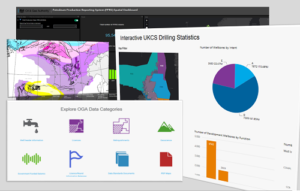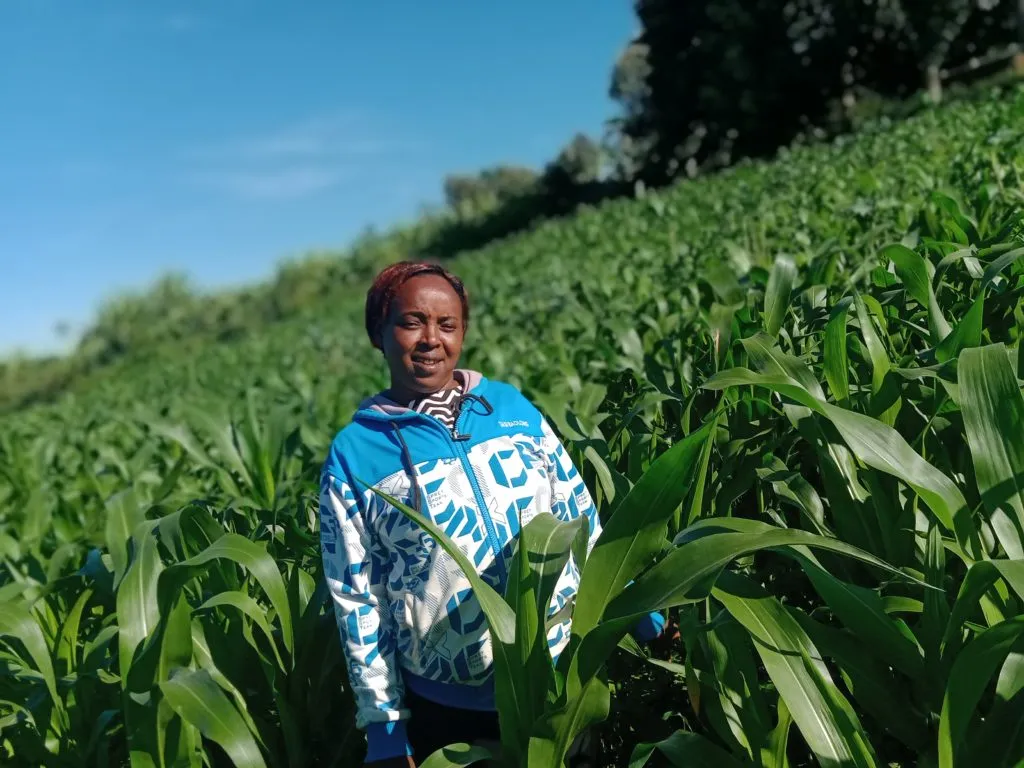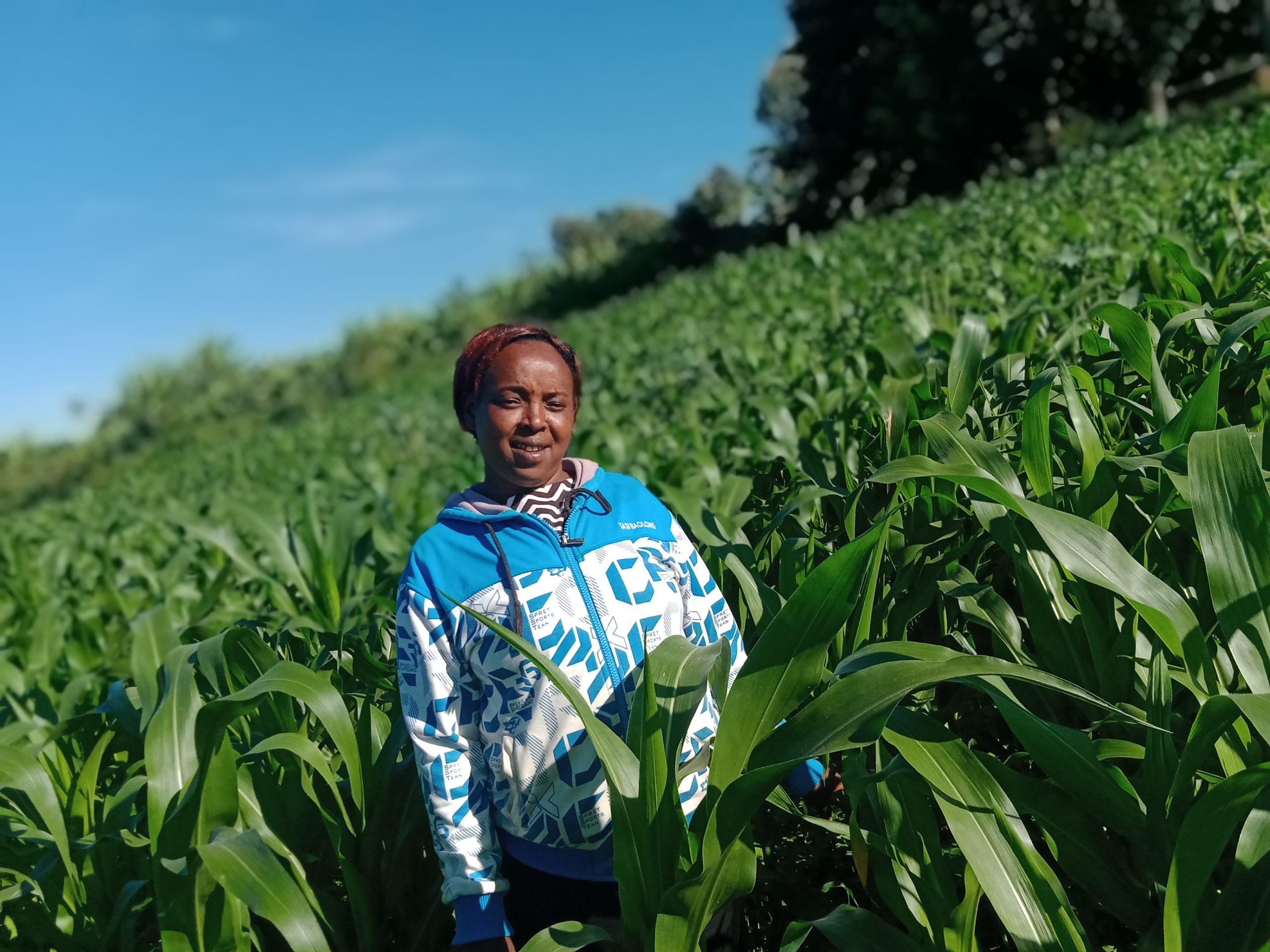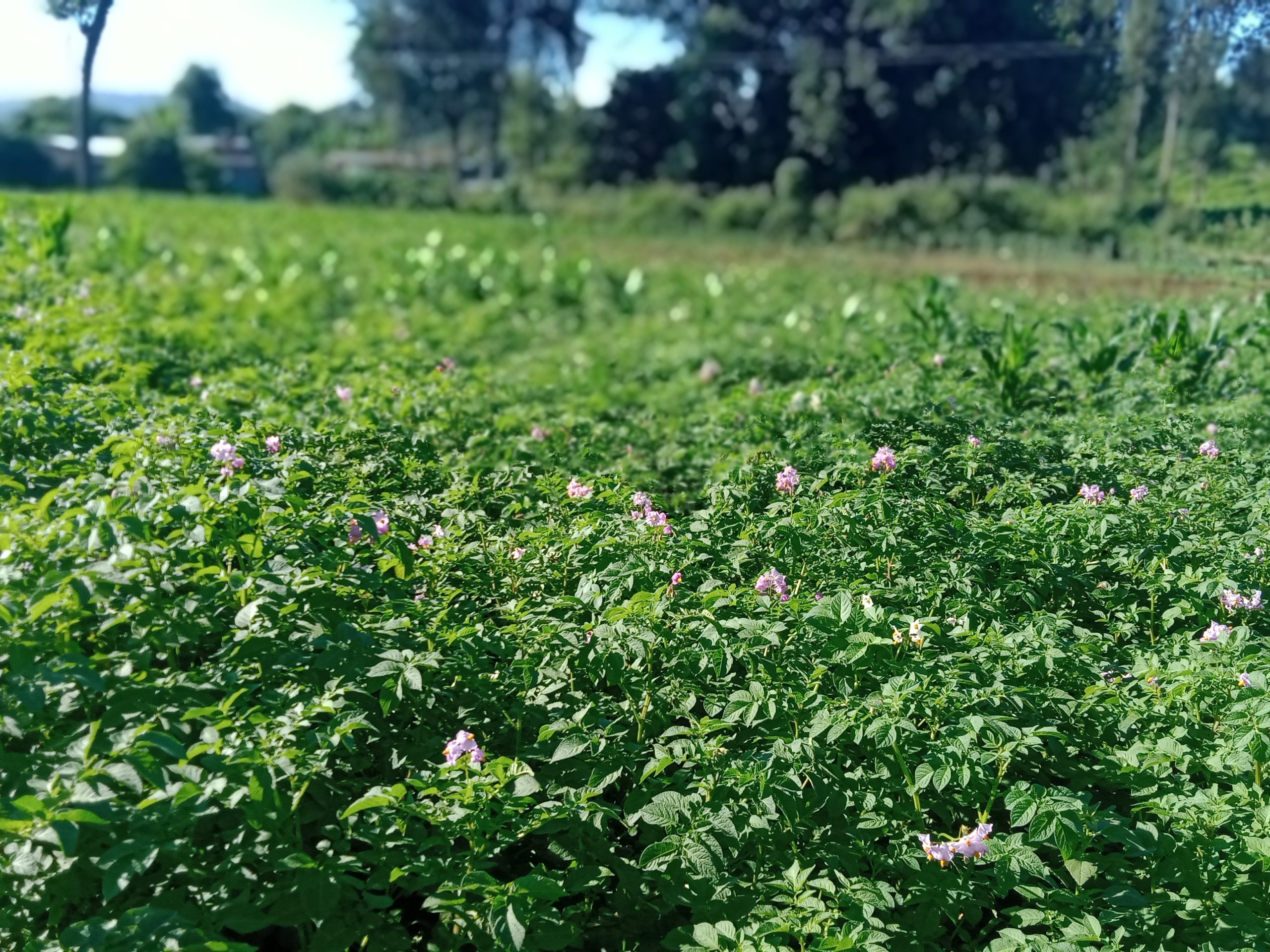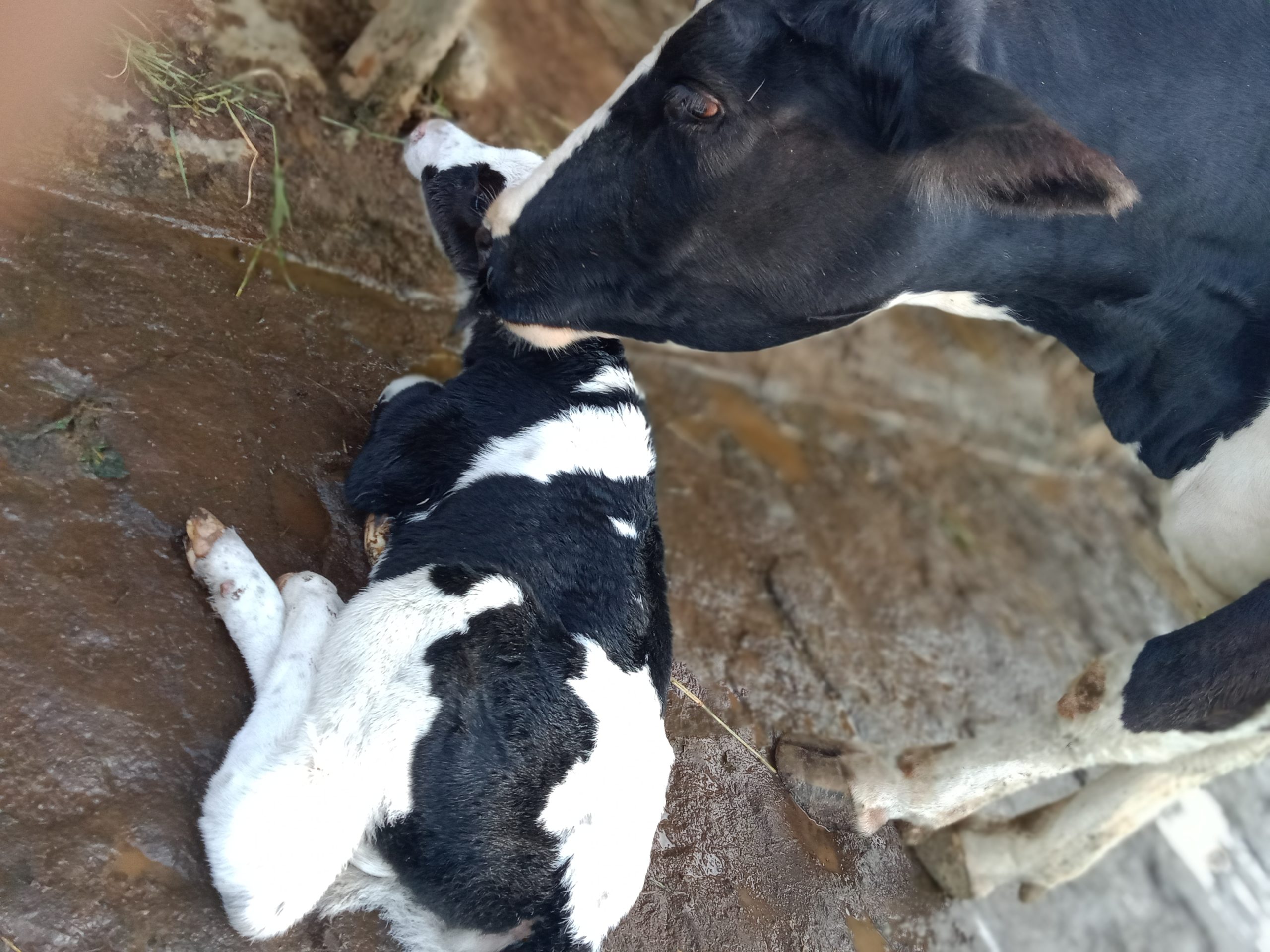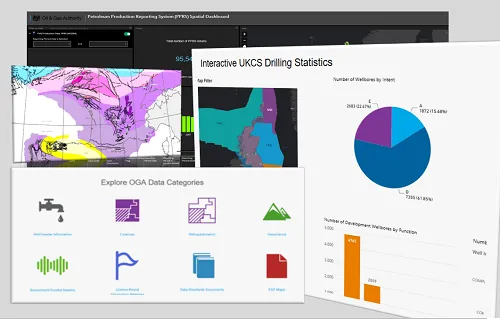
GIS helping with significant emissions reductions at the Oil and Gas Authority
Sounds counterintuitive right? How can the Oil and Gas Authority make any significant impact toward Net Zero 2050?
The UK is currently reliant on oil and gas for the majority of our heating and electricity needs and will retain some of that reliance for years to come while we transition to greener technologies. The OGA is working in a tripartite partnership with industry and government to improve production efficiency and reduce flaring and venting. Flaring volumes have decreased by 22% in 2020[1] from the previous year. Production efficiency is at a 16-year high of 80%[2]. A lot of the skills needed to explore and implement new technologies such as hydrogen and CCUS require not only the same skills that have enabled petroleum extraction, but also a lot of the same data.
The OGA became a government company in October 2016, its role is to work with industry and government on the economic recovery of UK oil and gas and support the UK government in its drive to reach net zero greenhouse gas emissions by 2050. It does this by a combination of influencing and regulating.
The GIS team at the OGA work on two fronts: they provide vast and varied amounts of data to the wider world through their Open Data site and they help internal users make better decisions, often around emissions reduction or CCUS siting.
Recently the OGA worked with The Crown Estate and Crown Estate Scotland to build an application that collated an up-to-date picture of all energy leases on the UK Continental Shelf. Though simple in technical terms, this app had a major impact, bringing together data in a way that was previously out of reach to many of its users. This app allows for the planning of, for example, reuse of infrastructure for green technologies and the electrification of oil and gas platforms (which reduces their emissions) by sourcing energy from windfarms.
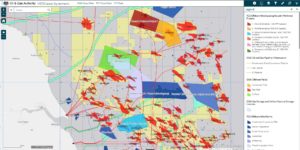
The OGA have collaborated with The Crown Estate and Crown Estate Scotland to produce the lease agreement application
The OGA also make available detailed historical daily production data for oil and gas reservoirs that have ceased production, providing experts with information needed to assess the suitability of a reservoir for carbon storage.
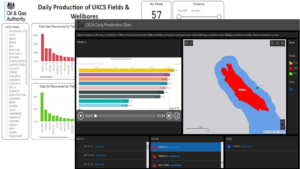
Daily well production data can assist in the identification of potential carbon capture and storage (CCS) sites
Most importantly, the OGA GIS team work to collaborate with other organisations, finding efficient ways to share information, such as through APIs to provide the joined-up picture required for decision makers to find opportunities that drive efficiencies and revolutionise the energy supply for the UK.
[2] https://web.archive.org/web/20220101190524/http://www.ogauthority.co.uk/media/7141/ukcs-a5-overview-final_web.pdf


